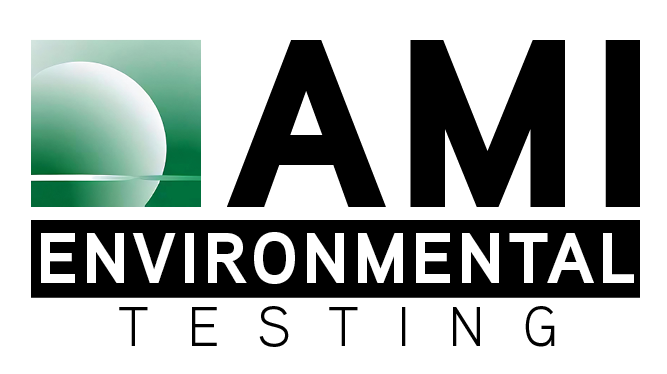Mold growth varies across different building environments and is influenced by specific conditions and uses. Understanding the environment in which different molds thrive not only aids in identifying mold but also in preventing its growth.
Industrial Buildings: These spaces often face high humidity and temperature fluctuations due to equipment and processes. Mold types like Aspergillus and Penicillium are common, thriving in damp conditions from cooling systems or spills. Regular maintenance and controlling humidity are crucial to prevent mold issues in these environments.
Hospitals and Healthcare Facilities: These buildings are at risk for Aspergillus and Cladosporium molds due to high moisture levels from equipment, sterilization processes, and cleaning routines. The presence of patients with weakened immune systems makes controlling mold essential to avoid health complications. Strict sanitation practices and humidity control are critical in these settings.
Office Buildings: Mold in office buildings often results from water leaks or poor ventilation, leading to the growth of Alternaria and Cladosporium. These molds can proliferate on carpets, ceiling tiles, and walls if moisture problems are not addressed. Proper HVAC maintenance and prompt repair of leaks are essential to minimize mold growth.
Residential Buildings: In homes, Stachybotrys chartarum (black mold) is a concern in areas with significant water damage or high humidity. Basements, attics, and bathrooms are particularly vulnerable. Regular inspections, effective ventilation, and timely repairs can help control mold growth.
Recognizing these environmental factors helps in implementing effective mold prevention and management strategies tailored to each building type. For professional mold investigation, mitigation, and prevention, contact AMI Environmental Testing.



